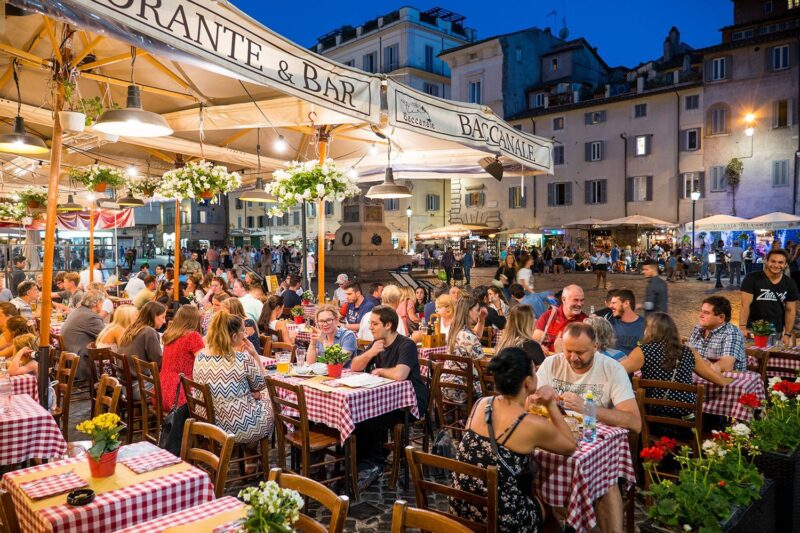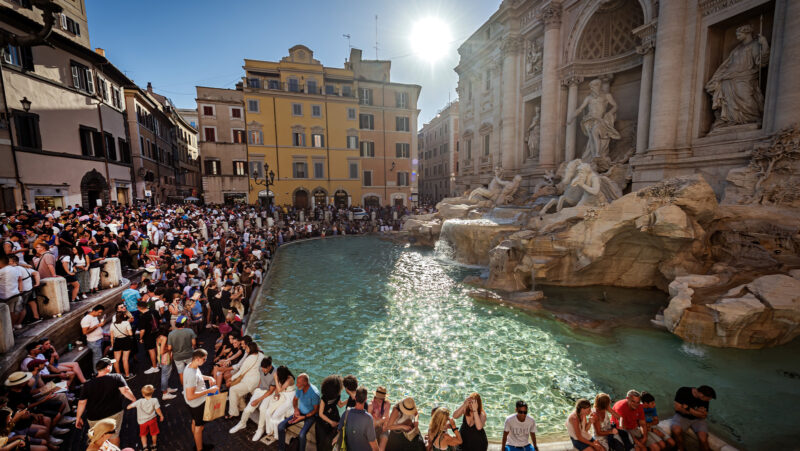Planning a trip is exciting, especially when the destination is new. But while you’re researching places to visit and things to do, there’s one thing you’ll want to avoid: falling into tourist traps. These places are often overpriced, overhyped, and underwhelming. They tend to target travelers who don’t dig deeper than the first search result or flashy brochure.
Let’s break down how to recognize and avoid these travel pitfalls before you even hit that “book now” button.
Key Highlights
- Tourist traps usually prioritize profit over authenticity or experience.
- Avoid top-ranked listings that look too polished or commercial.
- Local reviews offer better insights than global travel blogs.
- Pricing that’s inconsistent with the region is often a red flag.
- Look for experiences locals actually use or recommend.
- AI tools can help detect overly promotional or AI-generated listings.
What Makes a Tourist Trap
Tourist traps usually pop up where foot traffic is high, near landmarks, cruise ports, or airport shuttle hubs. They’re designed to catch your attention and your wallet. The problem isn’t just price, it’s value. These places often deliver a watered-down version of a culture or experience, designed more for Instagram than immersion.
Some key features of a classic tourist trap:
- Overpriced souvenirs you’ll find in every city.
- Restaurants with huge menus and photos on every page.
- Attractions that charge high entry fees but offer little substance.
A rule of thumb? If you’re surrounded by more selfie sticks than locals, it’s probably a tourist trap.

Use Authentic Tools to Check Listings
Today, travel decisions start online. That makes it easier to get pulled into traps disguised as “must-see” attractions. While planning, you might notice listings that sound a bit too perfect. If everything seems overly curated or oddly generic, you could be looking at AI-generated descriptions or paid posts.
A good way to stay sharp is to run suspicious listings through a free AI content detector. Tools like this help you spot overly polished write-ups that don’t reflect real traveler experience. You’re not just fact-checking; you’re guarding your itinerary from becoming a sales pitch.
Another tip? Compare listings across different platforms. If a museum or restaurant has wildly different reviews on Google Maps versus travel blogs, someone might be doing some reputation scrubbing.
Overhyped Experiences Are a Red Flag
If everyone says it’s the “best view in the world” or a “hidden gem,” but it’s on page one of every travel site, chances are it’s neither. Overhyped experiences usually come with long waits, inflated prices, and disappointment.
Instead of chasing rankings, try:
- Reading local travel forums or subreddits.
- Watching recent vlogs from solo travelers.
- Checking street-view on Google Maps to preview the surroundings.
Even something as simple as spotting a string of souvenir shops around a “local” market can tip you off. Genuine experiences usually don’t need marketing, they get talked about because they’re good.
Watch the Language of the Listings
The language used in attraction or accommodation listings can say a lot. Phrases like “authentic local experience,” “undiscovered gem,” or “once-in-a-lifetime moment” are often overused. While these could be legitimate, they’re also favorite lines in promotional content.
Here’s what to look out for:
- Listings that repeat the same adjectives in every paragraph.
- Vague praise without real details about what you’ll see or do.
- No mention of downsides or honest traveler feedback.
The more it reads like a press release, the more cautious you should be. Reliable listings often have some critical feedback, honest time estimates, or local nuance.

Local Reviews Are Gold
TripAdvisor and major blogs are fine, but they’re often swayed by tourist voices. Want better info? Look at reviews on platforms used by locals, like Google Maps in local language, or platforms like Tabelog (Japan) or The Fork (Europe) for dining.
When reading reviews:
- Prioritize recent ones, older ones may be outdated.
- Check for patterns in complaints (e.g. rude staff, tourist pricing).
- See if locals mention visiting the place themselves.
If you notice that most praise comes from international tourists and not locals, that’s another clue you’re dealing with a trap.
Follow the Rule of Proximity
The closer you are to a major landmark, the higher the odds you’re in tourist trap territory. Whether it’s restaurants, shopping streets, or photo ops—anything within a short walk of a famous spot is usually inflated in price and reduced in quality.
Instead of booking a hotel or dinner right next to a landmark:
- Go 2–3 blocks away from the main attraction.
- Look for corner places, alleys, or rooftop spots just off the beaten path.
- Search “where locals eat in [city]” for better food and fairer prices.
Some of the best finds in travel are the ones you stumble into, not the ones that get five stars in paid rankings.
Be Wary of “Combo” Deals
If you’re being offered a combo deal of three attractions, lunch, and a souvenir for one flat price, it’s almost certainly a trap. While bundled experiences can sometimes be a time-saver, they’re usually designed to funnel you through low-quality stops that pay commissions to the seller.
Before you book a combo tour:
- Look up each destination included and check if you’d actually want to visit them individually.
- Compare the price with DIY travel costs (public transport + single entry).
- See if the reviews mention being rushed or led into “shopping opportunities.”
It’s better to invest in one high-quality experience than three rushed ones with hidden costs.

Ask These Questions Before Booking
To keep yourself safe from tourist traps, ask a few simple questions:
- Would I go here if I weren’t a tourist?
- Does the price make sense compared to the local economy?
- Are locals recommending this or avoiding it?
- Do the photos look natural or staged for promo?
- Can I walk in without a booking, or is everything behind a paywall?
A smart traveler isn’t the one who checks the most boxes, but the one who finds meaning, authenticity, and stories worth telling.
Final Thoughts
In 2025, travel planning is easier than ever, but so is falling into a tourist trap. The internet gives you access to authentic insights, but also floods you with sponsored posts, clickbait travel lists, and AI-generated hype. Be smart, be skeptical, and be curious.
The best travel moments usually happen when you wander off the script, not when you follow the crowd into the same photo spot everyone else already has on their feed.
So next time you’re booking a trip, take your time. Question the obvious. Dig a little deeper. And trust your instincts more than the headline.

